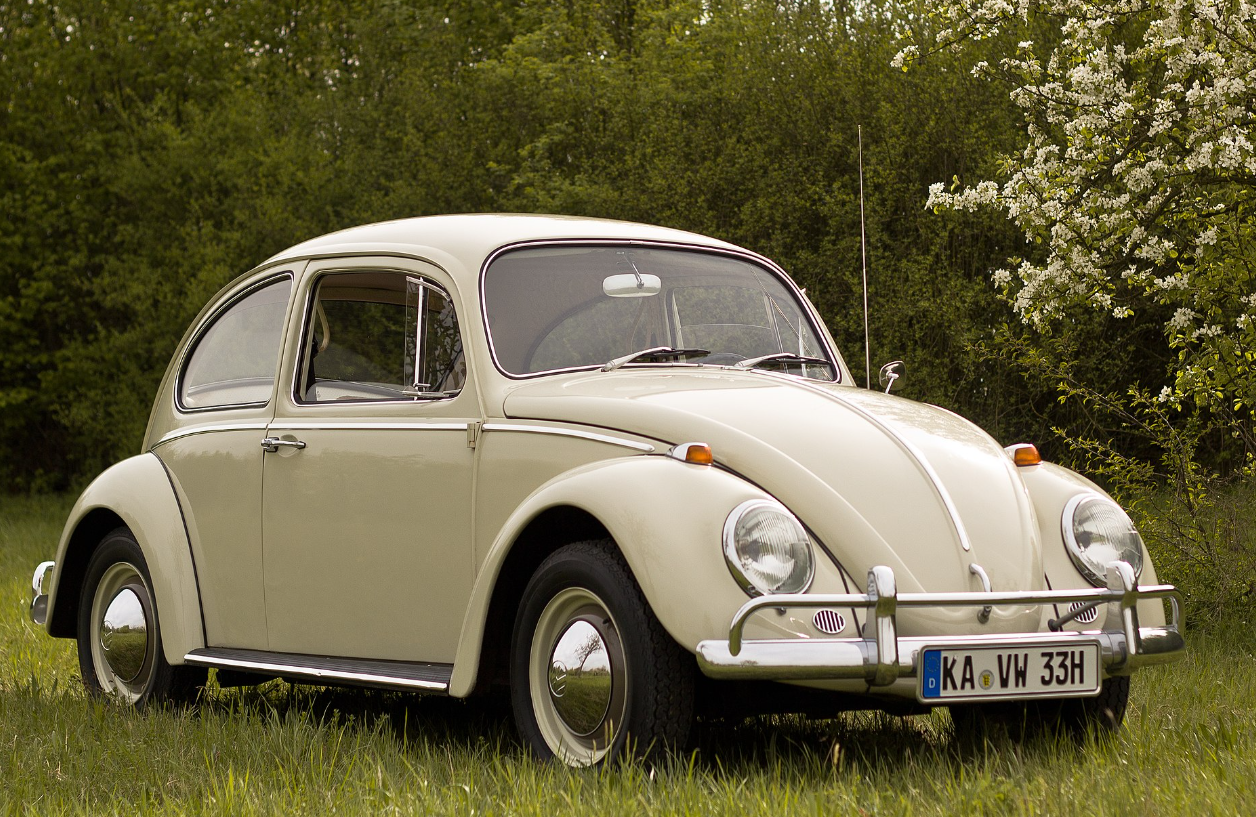

Volkswagen Beetle
Content
The Volkswagen Beetle, officially known as the Volkswagen Type 1, is a compact car produced by the German automaker Volkswagen from 1938 to 2003. It stands as one of the most iconic and representative cars in automotive history, renowned for its distinctive design. With a production span of 65 years, the Beetle holds the record for the longest production run of a single generation of car, and its total production exceeded 21.5 million units, making it the highest-selling car based on a single platform.

The conception of this classic car dates back to the early 1930s when Adolf Hitler, the leader of Nazi Germany, envisioned a "people's car"—a vehicle that was affordable, simple, and capable of mass production to serve the new German autobahn network. German engineer Ferdinand Porsche and his team began developing and designing such a car in the early 1930s. However, the fundamental design concept can actually be attributed to Bela Barenyi in 1925, more than five years before Porsche's claim. This historic innovation ultimately led to the birth of the Volkswagen Type 1 and the launch of the Volkswagen brand. Volkswagen initially planned to start production in the late 1930s, but the outbreak of war in 1939 meant that production was postponed until after the war. Initially, the car was called the Volkswagen Type 1 and was sold under the Volkswagen brand, but it was not officially named "Beetle" until 1968.
In the 1960s, Volkswagen introduced a series of models for the Beetle, including the 1200, 1300, 1500, 1600, 1302, and 1303. Additionally, in the 1960s and 70s, Volkswagen launched a range of larger luxury models such as the Type 3, Type 4, and K70 to complement the Beetle, but none achieved the same level of success. The rapid shift in European consumer preference towards front-wheel-drive compact hatchbacks prompted Volkswagen to gradually abandon rear-wheel drive, beginning with the Golf introduced in 1974. By the late 1970s and into the 80s, Japanese automakers began to dominate the market, leading to a decline in the Beetle's popularity.
Throughout its lifecycle, the Beetle's design remained consistent, but Volkswagen implemented over 78,000 incremental updates. These updates were often subtle, involving minor modifications to its appearance, interior, colors, and lighting. Some of the more notable changes included the introduction of new engines, model updates, and improvements in technology or comfort, all of which kept the Beetle evolving to meet the needs of consumers across different eras.
The Volkswagen Beetle, this classic that spans the centuries, is not only a legend in the automotive industry but also a cultural symbol of an era. Its story and spirit will forever be remembered.